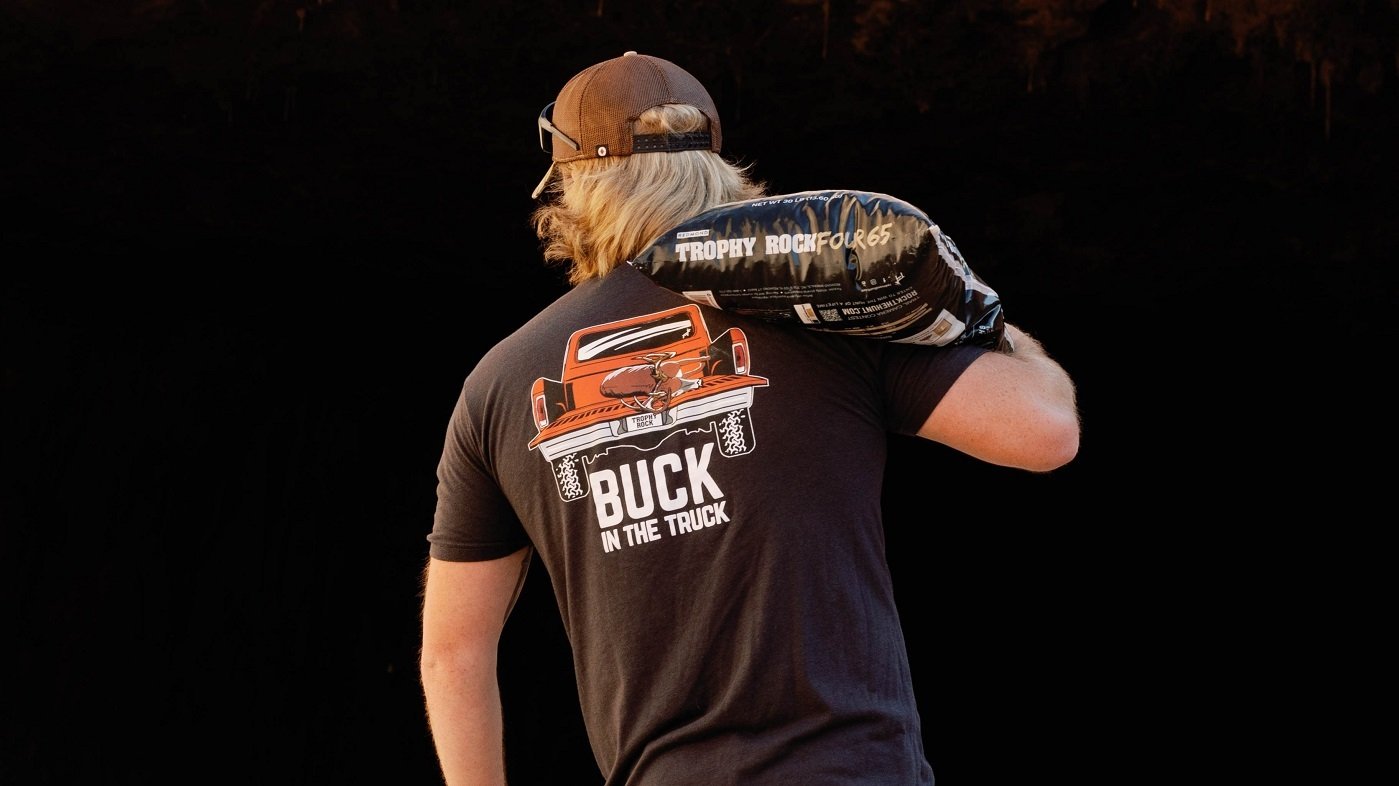Redmond Hunt Blog
Shed Hunting Pros Share Tips on How to Find Deer Antlers
Redmond Hunt January 3, 2024
Shed hunting is a great way to get back into deer season activities. Our regional experts share tips on where and how to find whitetail and mule deer sheds.
Looking for an outing to pull yourself from the winter slump? With early spring comes a much-needed escape: shed hunting. So, strap on your binos and get ready to head into the woods or hills. Whether you’re a whitetail or mule deer addict, shed hunting is a great way to break out of a long winter dry spell and get back into the season’s activities.
Our regional Redmond experts from two sides of the country weigh in on searching for whitetail and muley racks. Get their tips for shed hunting below—then get out there and find your own antlers. But first, a little refresher on why deer drop their headgear every year.
Why & When Do Deer Shed Their Antlers?
Deer spend most of the spring and summer months siphoning minerals from their skeleton to make antlers, then cast them off every winter. Casting is necessary so bigger and better antler growth can happen—and so “white gold” hunters like us can pick up more bone. Here are the cliff notes of why and when bucks shed their racks.
Why Bucks Cast Antlers
A buck’s antlers help attract females and provide a defense against other sparring bucks during the deer rut. Once the mating season is over, their racks, with all that extra weight, are no longer needed and the casting process begins.
By late December, the bones at the base of the antlers start to demineralize, creating a fracture. This weakened base, combined with the top-heavy antler, cause it to eventually drop off. Sometimes both antlers detach at the same time, or they may come off days or even weeks apart.
When Deer Shed Antlers
While timing varies depending on age, size, and health, most mule deer and whitetail shed antlers between mid-February and mid-March. Although, that’s not a hard rule. Seasoned bucks often cast earlier than younger ones—some as soon as December. And those pressured, in poor shape, or recovering from injuries may also drop quicker. Once an old antler set is shed, new growth will start within just a few weeks.
10 Shed Hunting Tips & FAQs Answered by Experts
Meet our regional shed hunting experts: Isaac Boone from Kansas, Kyle Jennings from Ohio, and Skylyn Christensen from Utah. The trio shares knowledge gained from years of experience hunting antlers across vast mountainsides and dense woods. Their suggestions can help you learn where and how to responsibly shed hunt for the greatest success in your area.
Q. Are there laws that regulate shed hunting?
Skylyn: Some western states, like Wyoming and Colorado, have laws prohibiting shed hunting during certain months to protect animals when food is scarce. Other states, like Utah, require shed hunters take a yearly hunting ethics course to legally gather antlers. Many other states have no restrictions. Always check current state laws before heading out to search, and make sure you’re gathering responsibly and legally.
Q. When is the best time to shed hunt for whitetails?
Isaac: The whole month of March into early April is prime shed hunting season for whitetails—but my favorite time is March. On private grounds, I always wait until mid-March or until trail cams are showing most bucks have dropped.
Occasionally I’ll hit areas that others have access to a little earlier. But if you go in early to public areas, you have to be careful not to bump deer out that haven’t shed yet. There’s a fine line between not going too early or often so you don’t blow everything out, but also not getting beat by someone else.
Kyle: I like to go in March, with no snow. You get a nice sunny day and it’s fun to get out and walk and look. Rodents love antlers as well, so it’s good to get them early in the spring, before the squirrels chew them up.
Q. When is the best time to shed hunt for mule deer?
Skylyn: I begin at the end of February or early March, being cautious of deer in the area; the last thing you want to do is bump or pressure bucks in their winter range. It’s always good to be aware as you walk and never intentionally chase deer. The safe bet, so as not to push animals around, is to begin in April. The downside is a lot of folks are hunting sheds these days, and some of the good country can get picked over by then.
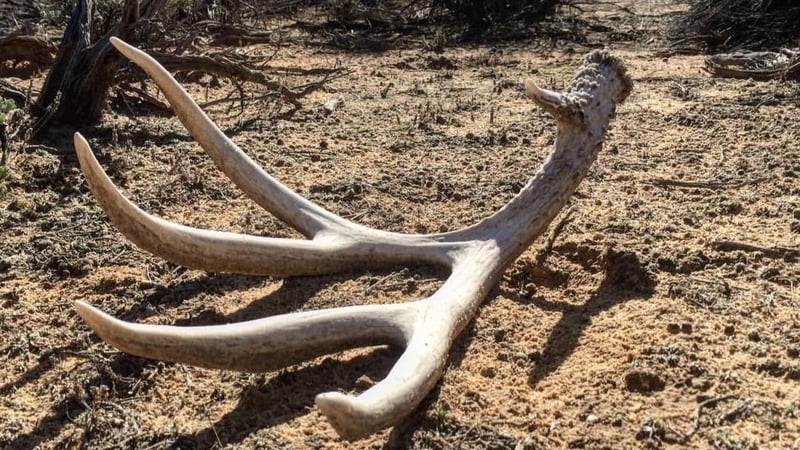 Mule deer shed in cedar tree and sagebrush country. Found in Utah by Skylyn Christensen.
Mule deer shed in cedar tree and sagebrush country. Found in Utah by Skylyn Christensen.
Q. Where are the best places to look for mule deer sheds?
Skylin: Sheds will usually be in heavy deer wintering grounds and rut zones where animals congregate for the coldest months. The elevation where mule deer shed typically depends on the snow level and how high deer are during the time of shedding. A good place to start looking for winter range is in oak, cedar, and sagebrush country. Typically, these areas range from low desert elevations up to about 8,000 feet.
Glassing south slopes is a great place to start hunting for mule deer sheds. Look for anything that stands out, like odd shapes or shine. Also, it’s important to glass the areas of ridges that deer can actually access. On a cliff might not be the best place to look. Instead, glass under trees and in open areas where deer are most likely to feed.
Q. Where are the best places to look for whitetail deer sheds?
Isaac/Kyle: Look for whitetail sheds in bedding areas; south-facing hillsides protected from cold north winds where deer bed down in the winter sun; crop fields where they eat; transition areas between food sources and bedding areas; and crossings where deer have to jump a fence. If you’re trying to find deer antlers in the woods, walk back and forth until you’ve covered the entire area, never moving over more then 10-15 yards so you can still see the path you last walked.
Q. What shed hunting gear should you have?
Isaac/Kyle (Midwest):
- Comfortable clothes
- Good hiking boots
- Light jacket
- Backpack
- Binoculars
- onX tracking system (or something similar) to map areas you’ve already covered
Skylyn (West):
- Light jackets for various weather conditions
- Leg gaiters for areas where snow still covers north slopes or the dew is high on the sagebrush
- Binoculars
- A mapping system to track areas you’ve already walked through. I also use onX Hunt, but a good free option is Scout To Hunt.
Isaac shares quick tips on how to make the best use of your time and property while hunting sheds.
Q. How do you use shed hunting to help learn about deer on your property?
Isaac: I 100% use shed hunting for inventory and scouting. I keep all my sheds and have an inventory of my bigger bucks every year I find them. I also track the location and time of year I find the sheds, which is usually pretty comparable to the next year. Shed hunting is also a great time to look for new mineral site and stand locations and look at bedding areas and patterns.
Kyle: You can learn a lot about where deer are bedded and movement areas while hunting sheds. You can also gather a lot of info on a property that you wouldn’t know throughout the hunting season itself. I use sheds for inventory to see what deer made it through the winter, track up-and-coming bucks and see how much they grow from year to year.
Q. What do you do with your antler sheds once you find them?
Isaac: Some people sell them for poundage or dog chews. Personally, I collect and display all of mine. There’s nothing better than having sheds to a deer you’re lucky enough to harvest. I display them in cases, on hat stands—even an old display I built out of hedge wood my grandpa cut back in the ‘80s from our family farm.
Kyle: It’s always cool to have the sheds of a deer you’re finally able to harvest. You can compare how much he’s grown, and it tells an interesting story.
Q. How can you tell if sheds are from the same deer?
Isaac: The texture, color, frame, and kickers are usually comparable on sheds that come from the same deer. Something to also be aware of is antlers will often change sides from year to year. For example, a drop tine that’s on the right side will sometimes switch to left the next year.
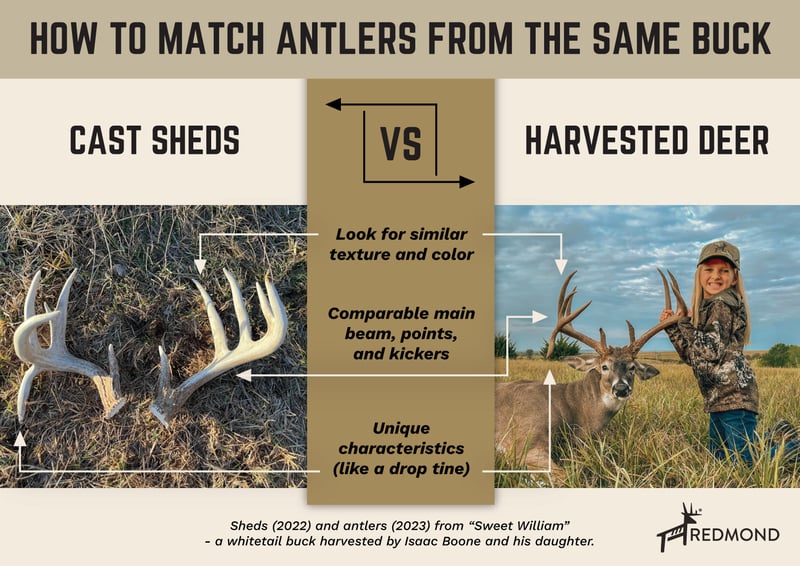
Q. What are your top whitetail shed hunting tips and advice?
Isaac: Use trail cameras to track the bucks on your farm so you know when the majority have shed. Scouting with spotting scopes or binoculars is also a great way to determine when deer have shed.
Kyle: Don’t go in too early. You may run deer out of their bedding areas, to where they’ll go to another property and shed.
Isaac: Enjoy your time in the woods and use it to your advantage to scout for the hunting season to come.
Kyle: Keep food sources out through winter. It’s cold, deer are seeking food, and they will usually shed close to food.
Isaac: Always take a kid hunting with you. There’s nothing better than passing on traditions in the great outdoors.
Q. What are your top mule deer shed hunting tips and advice?
Skylyn: Get out early in the winter and do some scouting during the rut and post rut. Locate those isolated groups of bucks and keep tabs on them. This helps increase your chance of finding antlers later.
Also, be patient. If you see a buck that has shed but others haven’t, hold off. Let them all drop and move off. This will alleviate the deer and increase your chances of finding more antlers in one area.
Most importantly, just get out there and enjoy it. If you’ve got buddies or kids, go with them. The more area you cover, the more antlers to be found. Don’t do anything illegal that will cause wildlife or habitat damage, but do make sure to have fun.
Looking to grow bigger bucks and find better sheds? Minerals are a critical element of deer antler growth! Check out Redmond's natural Trophy Rock products with 60+ trace minerals that improve overall health and rack growth in your herd. Click below to learn more and purchase today.
About the Authors
 Skylyn Christensen: I grew up in the west in the heart of Utah surrounded by pristine mule deer country. Found my first mule deer shed antler at the age of four. Since then, I’ve traveled to surrounding western states and found hundreds of antlers over the years.
Skylyn Christensen: I grew up in the west in the heart of Utah surrounded by pristine mule deer country. Found my first mule deer shed antler at the age of four. Since then, I’ve traveled to surrounding western states and found hundreds of antlers over the years.
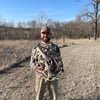 Isaac Boone: I have been shed hunting with my dad since I could walk. Over the years I’ve learned so much about whitetail deer just by picking up their antlers. Every chance I get in March, I’m out walking, looking, and scouting. There’s nothing better than a good shed hunting day with friends and family.
Isaac Boone: I have been shed hunting with my dad since I could walk. Over the years I’ve learned so much about whitetail deer just by picking up their antlers. Every chance I get in March, I’m out walking, looking, and scouting. There’s nothing better than a good shed hunting day with friends and family.
 Kyle Jennings: Shed hunting season is an awesome time to take your family out and enjoy the outdoors. I’ve been doing it since I was a little boy, and will never forget finding my first shed. You can learn a lot about a property and a deer herd through shed hunting.
Kyle Jennings: Shed hunting season is an awesome time to take your family out and enjoy the outdoors. I’ve been doing it since I was a little boy, and will never forget finding my first shed. You can learn a lot about a property and a deer herd through shed hunting.
© Redmond Hunt 2024. All rights reserved.

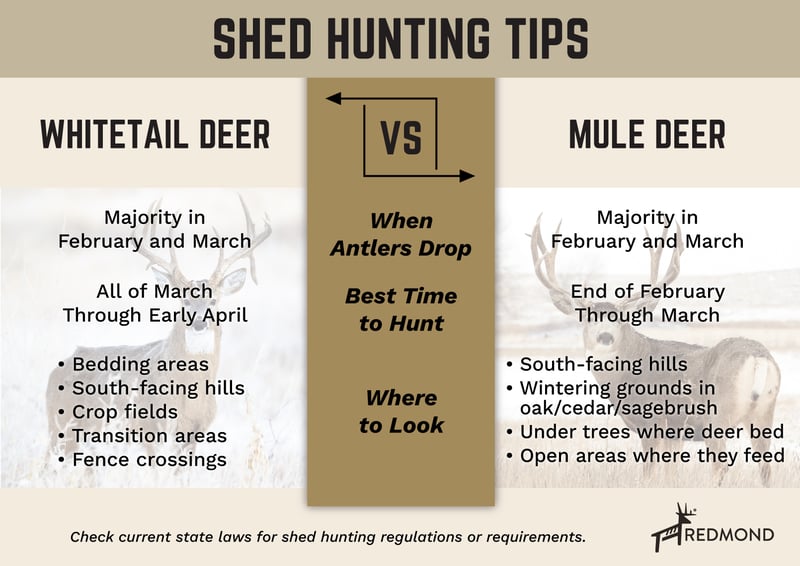

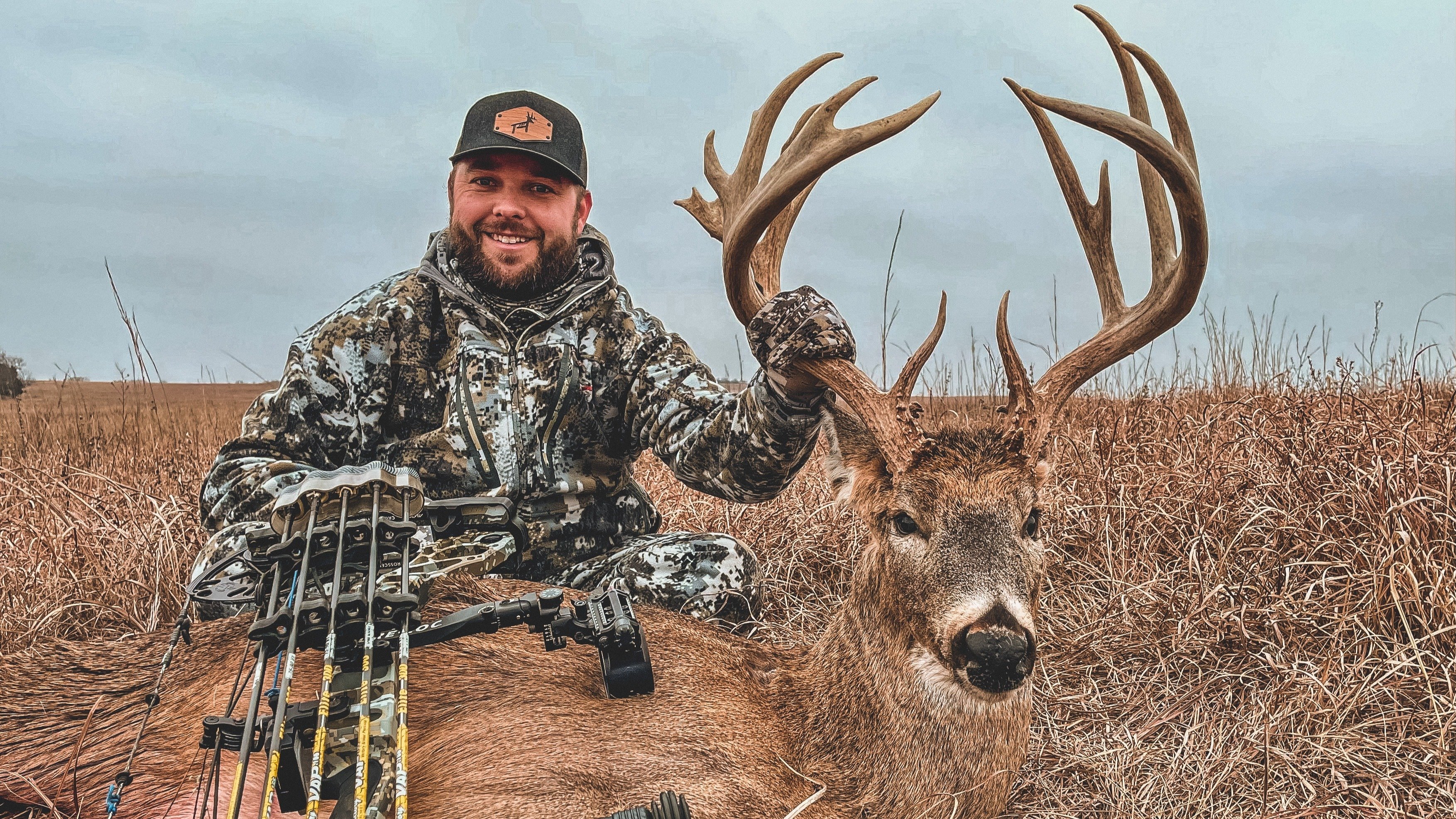
.jpg)
